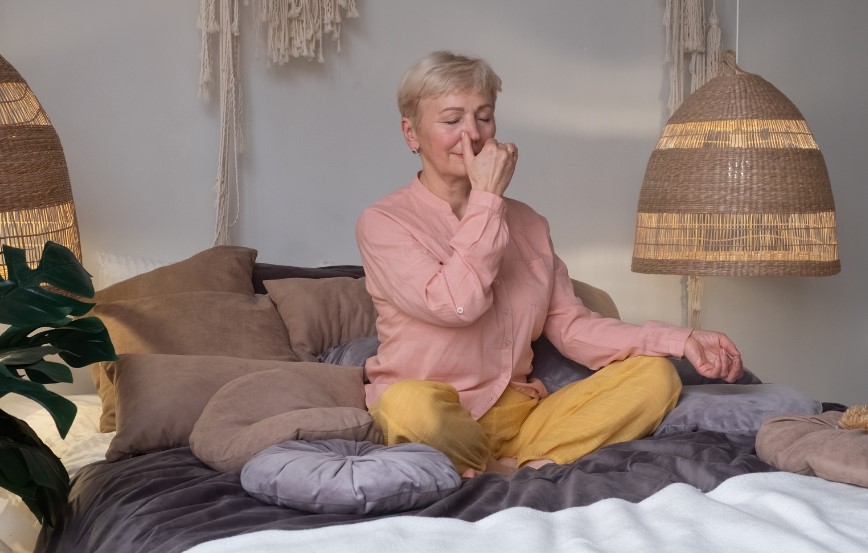When you are sick, hurt, or just do not feel good, it is commonly thought that bed rest is the fastest road to recovery.
There is credence to this practice to an extent. But science is now telling us that abundant bed rest does much more harm than good.
The concept behind the use of bed rest is to minimize metabolic and energy demands on the body after having endured an adverse health event to allow concentrated healing/recovery.
However, numerous studies now show that the bed rest component to recovery should be much more limited than traditionally thought.
According to the National Institutes of Health, up to 40% of muscle strength can be lost due to atrophy during the first week of immobilization. This degeneration in physical resources continues progressively with prolonged bouts of inactivity.
The highest concentration of affected muscles is those that provide movement of the lower extremities (legs) and vertical postural support along the spine.
These studies have also noted significant negative impacts on bone density, cardiovascular, respiratory, and even cognitive health, with notable changes in as little as one week. In addition, research samples that include adults of retirement age reflect more pronounced demonstrations in muscle mass/strength loss and reductions in cardiovascular health with prolonged bed rest.
In contrast, the Covid-19 pandemic has inspired many studies that support exercise and activity as a preferred means of bolstering immune response and expediting recovery from illness.
One such study published by the National Library of Medicine states, “The practice of physical exercises acts as a modulator of the immune system. During and after physical exercise, pro- and anti-inflammatory cytokines are released, lymphocyte circulation increases, as well as cell recruitment.” In plain English, the study is stating that exercise stimulates your body’s internal disease-fighting/ultra-healing chemistry.
Modern science is telling us that prolonged bed rest should be limited to only what is deemed medically necessary.
As soon as physically possible, the best-practice approach in aiding recovery is to utilize exercise as quickly as possible post-event in order to restore muscle strength, postural support, mobility, and cardiovascular conditioning.
In closing, other critical considerations for incorporating strength exercise for post-event recovery include joint stabilization (the stronger muscles are around a joint – the more stable the joint becomes), improved energy levels (due to increased metabolism), and enhanced immune function. In addition, mood/mental health is significantly improved after an adverse health event.
It is important to note, however, that those who choose not to participate in post-event exercise face far greater challenges in overall recovery and strength restoration.
Joe Carson B.S. NASM-CPT/FAS/CN
Master Trainer/Functional Aging Specialist/Certified Nutritionist
Twenty-First Century Aging





